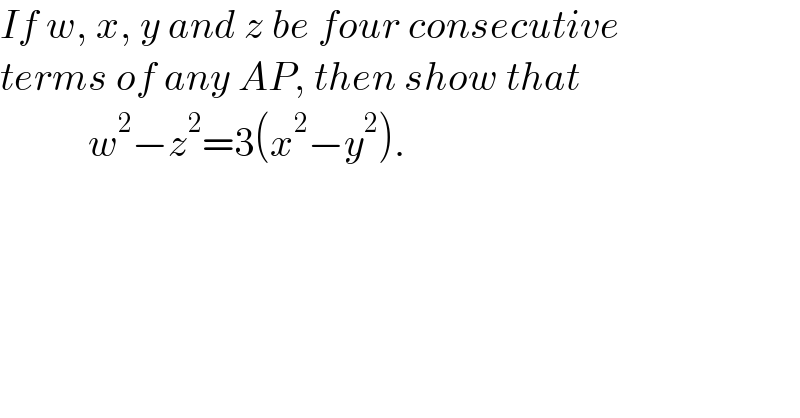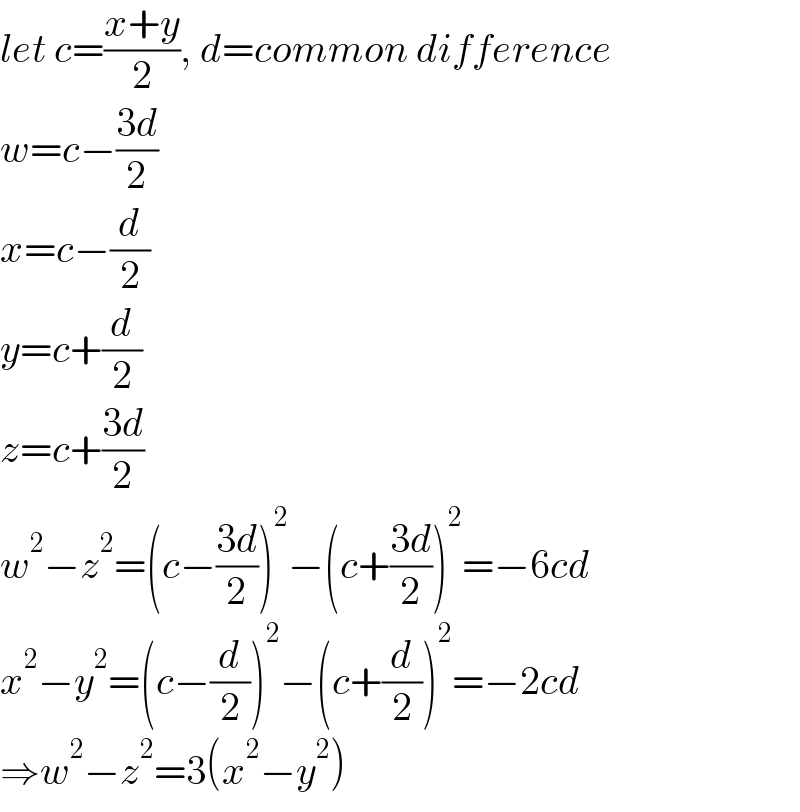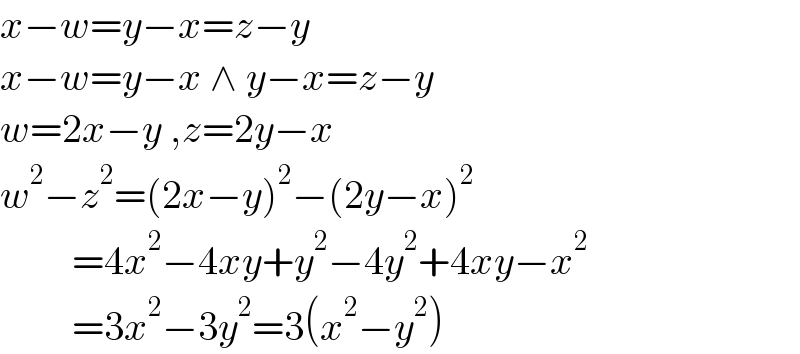
Question and Answers Forum
Question Number 175839 by Rasheed.Sindhi last updated on 08/Sep/22

Answered by mr W last updated on 08/Sep/22

Commented by peter frank last updated on 08/Sep/22

Commented by Rasheed.Sindhi last updated on 08/Sep/22

Commented by Tawa11 last updated on 15/Sep/22

Answered by Rasheed.Sindhi last updated on 08/Sep/22

